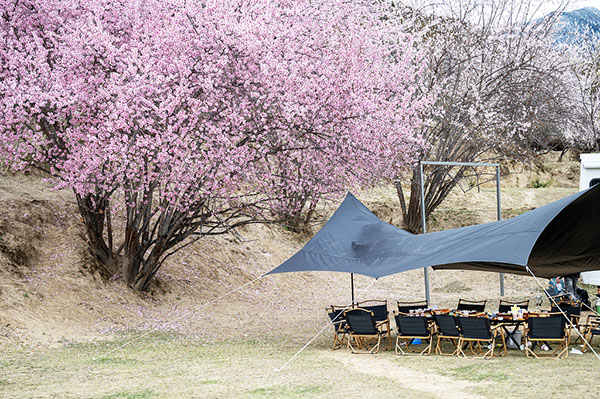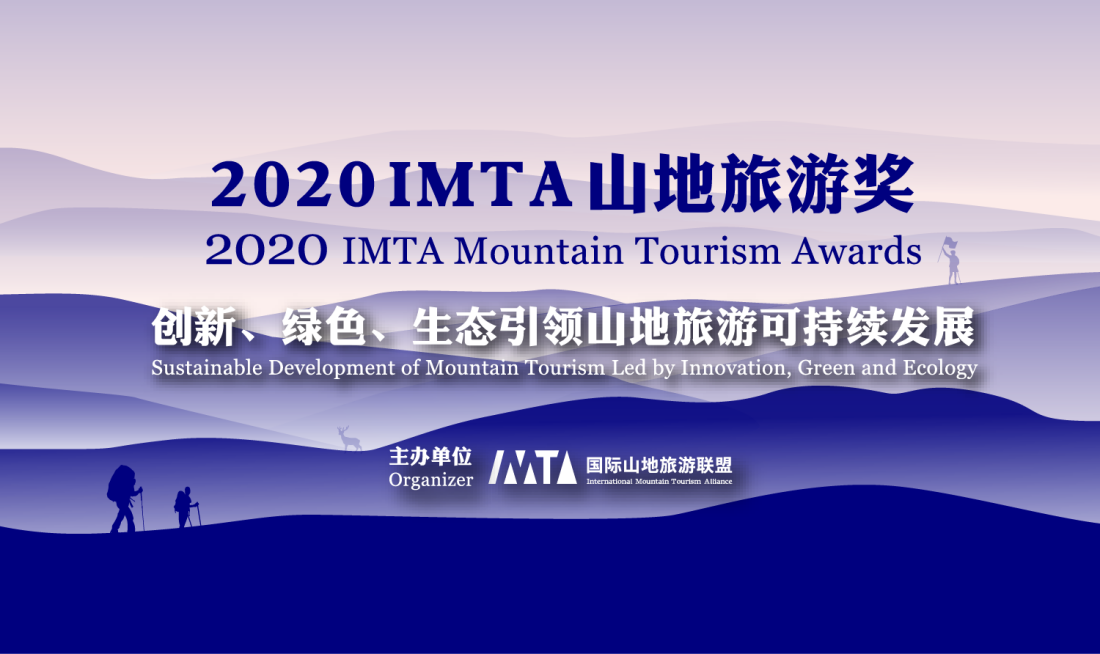
[Photo/VCG]
During the peak holiday travel period beginning in spring, tourists scrambled to book all 16 rooms of Paden Chodron's village home.
"They are mostly young people, many of whom are part of tour groups," says the 39-year-old member of the Tibetan ethnic group.
"They want to know about our traditional lifestyle, like planting highland barley, harvesting mushrooms and herding yak. We also learned about their homes, and where they came from," he says.
Paden Chodron, together with his wife Baima Quzhen, runs a family inn in Zhaxigang village in Lunang town in Nyingchi, Southwest China's Xizang autonomous region.
The couple's inn is one of more than 50 households in the village reaping good returns from improved infrastructure, such as highways and the nearby airport, that draw tourists to the pristine environment and ethnic attractions of the area.
With the tourism revenue adding to their income from traditional farming and herding, Paden Chodron says his three-generation family of seven, including two young daughters in school, enjoy an annual income of at least 215,000 yuan ($30,000).
"It's been a major improvement in the past decade," he says.
"We used to just get by from our farmland of about 2.5 hectares, growing highland barley and other basic crops, and herding yaks. The roads and communications have improved tremendously, helping to open us up."
Support, subsidies and incentives from local authorities, including hospitality training, also help Paden Chodron keep up with industry standards.
Zhaxigang village sits next to the 318 national highway, an important artery connecting the region's major cities with others nationwide. As reflected by residents like Paden Chodron, rural vitalization measures have helped local communities keep up with latest development in line with the country's increasing focus on shared, inclusive growth.
The village successfully leverages its natural draws, connectivity and ethnic heritage to grow the pillar industries of tourism and animal husbandry, gaining accolades such as national-level honors for its beauty.
Many visitors also head to the Lunang alpine pastoral scenic spot a few kilometers from the town. The special microclimate, at an altitude of about 3,400 meters, nurtures a distinct vertical vegetation distribution, ranging from poplar, willow, birch and oak, to spruce, fir and cypress trees.
Local herders highlight the alpine area as an important grazing ground for their livestock, including more than 1,000 cattle and horses. Every August and September, residents also hold a pastoral folk culture tourism festival at the site, which includes traditional competitions, such as horseback archery.
Paden Chodron says his guests continue to enjoy authentic ethnic experiences, from food and other local products, to horse-riding and archery.
"We still have more than 50 head of yak, and rely on them for milk and butter, just like traditional practices," he says. "We can also sell them for extra income, for about 10,000 yuan each."
Constant efforts to preserve and promote their way of life also mean villagers like Paden Chodron are able to mix tradition and innovation — he is tapping the latest digital trends such as e-commerce and livestreaming.
"We learn from the younger, internet-savvy generation, all looking ahead to even better prospects."
Editor Ⅰ: Zhang Wenwen
Editor Ⅱ: Wu Dan
Editor Ⅲ: Liu Guosong














